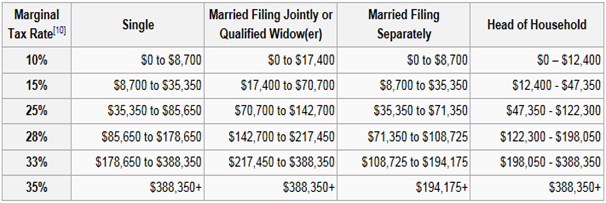JOB DESCRIPTION At Randstad we sell Work Solutions. What does that mean? We help companies find the best human capital for their organizations, which impacts their productivity and profitability. We also find the best people to put to work. Did you catch that? We find jobs for people. Powerful stuff. Our Staffing Consultants use their curiosity, listening skills, and personality to make things happen.
Randstad will hire a high energy, professional, and results oriented sales pro to join our Lakeland operation. The right candidate will:
- be smart (literally), we have to train you to do great things here
• have a strong history of being the best at whatever you have done in the past
• have completed a college degree (any major)
• have 3-5 years of professional B2B sales experience
• possess a relentless determination to make things happen
• be comfortable using both analytics and relationships to drive results
• have experience in selling consultatively
• be naturally curious
• have a history of strong team oriented work approach, not only solo success
• be comfortable in a position with major impact opportunity
Primary Responsibilities:
- Build, manage, qualify, and maintain a database of clients and prospects that is aligned to the business opportunity in the market.
• Sell Staffing Services through effective phone calls and in-person visits, which foster a consultative relationship and increased business with the client.
• Sell value of Randstad services to support customers in achieving their business goals.
• Effectively recruit, interview, retain, coach and develop Talent, understanding their needs and helping them meet their professional goals.
• Market the talent's skills, knowledge and abilities to the right companies so that we make the best match for the Client and the Talent.
• Consistently exceed Client and Talent expectations of service by following Randstad's Operational Standards and offering innovative and creative employment solutions.
• Work with a unit partner to effectively manage the profitability of your business including volume, pricing, and management of days sales outstanding (DSO).
In return for the success that our employees bring us we offer excellent training, benefits, a strong compensation package that includes a generous base salary and bonus and a clearly defined career path. We grow leaders!
Life is short, do something important, and have fun doing it.
If you are interested in this role, please apply online at www.careers.us.randstad.com. You may also contact Chris Ramsey at 843.606.2265 or email chris.[Click Here to Email Your Resume] for additional information. Please include your resume and be prepared to speak to why Randstad is an attractive fit for you.
Randstad US is a wholly owned subsidiary of Randstad Holding nv, an $18.8 billion global provider of HR services and the second largest staffing organization in the world. We play a pivotal role in shaping the world of work, leveraging the true value of human capital for the benefit of our clients, candidates, employees and investors.
Randstad offers a comprehensive range of HR services to our clients. We provide temporary, temporary to hire, direct hire and outsourced placement services for local and global customers and fulfill all aspects of commercial and professional staffing within Accounting & Finance, Office & Administration, Engineering, Healthcare, IT, Legal, Life Sciences, and Manufacturing & Logistics. Other offerings include payrolling, managed services, recruitment process outsourcing and HR consulting solutions.
Randstad provides skills assessments, career counseling, training, health coverage and 401(k) to eligible internal and external employees. With its 4,800 employment experts, Randstad puts an average of 125,000 people to work in the U.S. each week, through its network of more than 1,000 branches and client-dedicated locations.
More information is available at the company's website, www.randstadstaffing.com.
Equal Opportunity Employer Male/Female/Disabled/Veterans.
Apply Now


